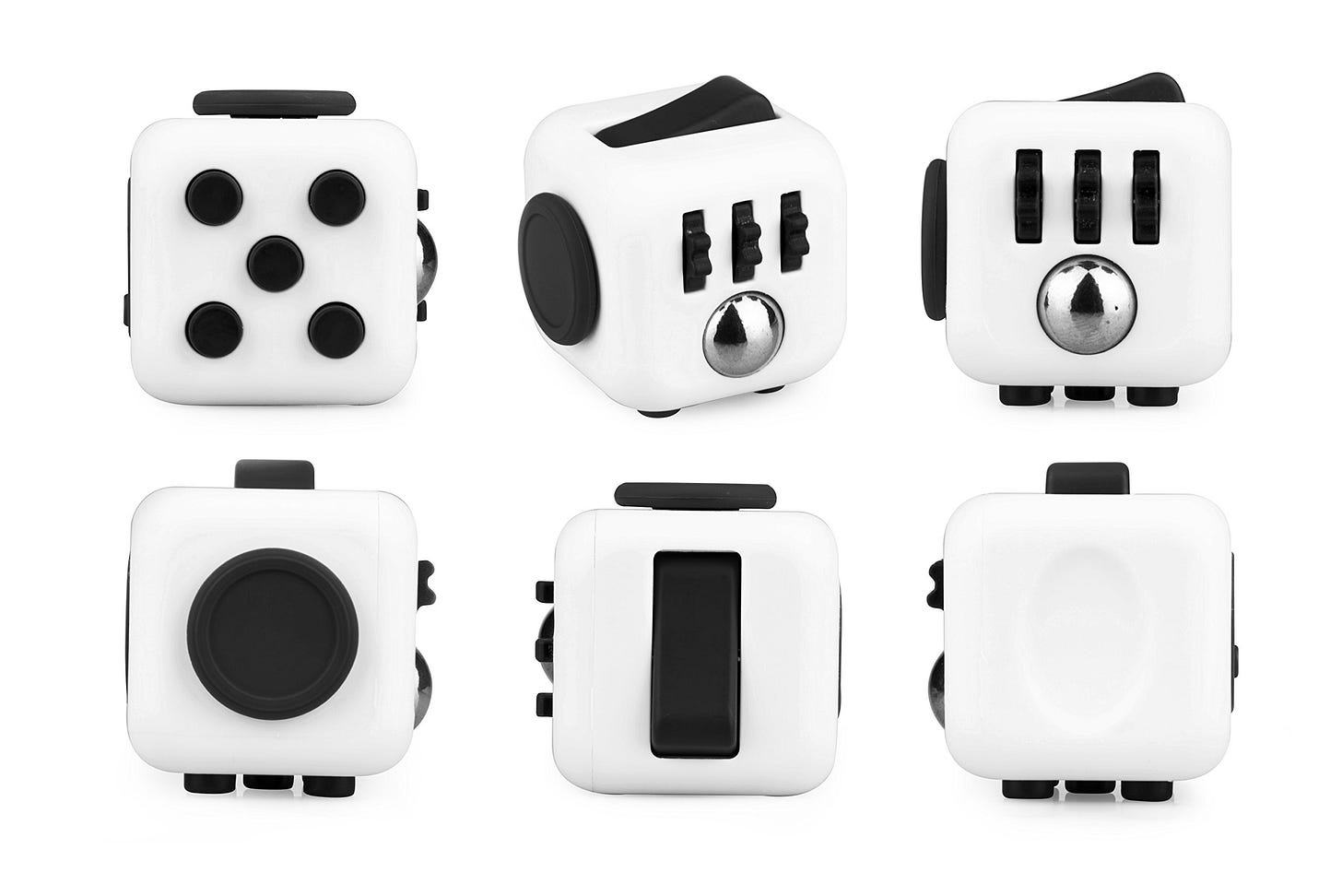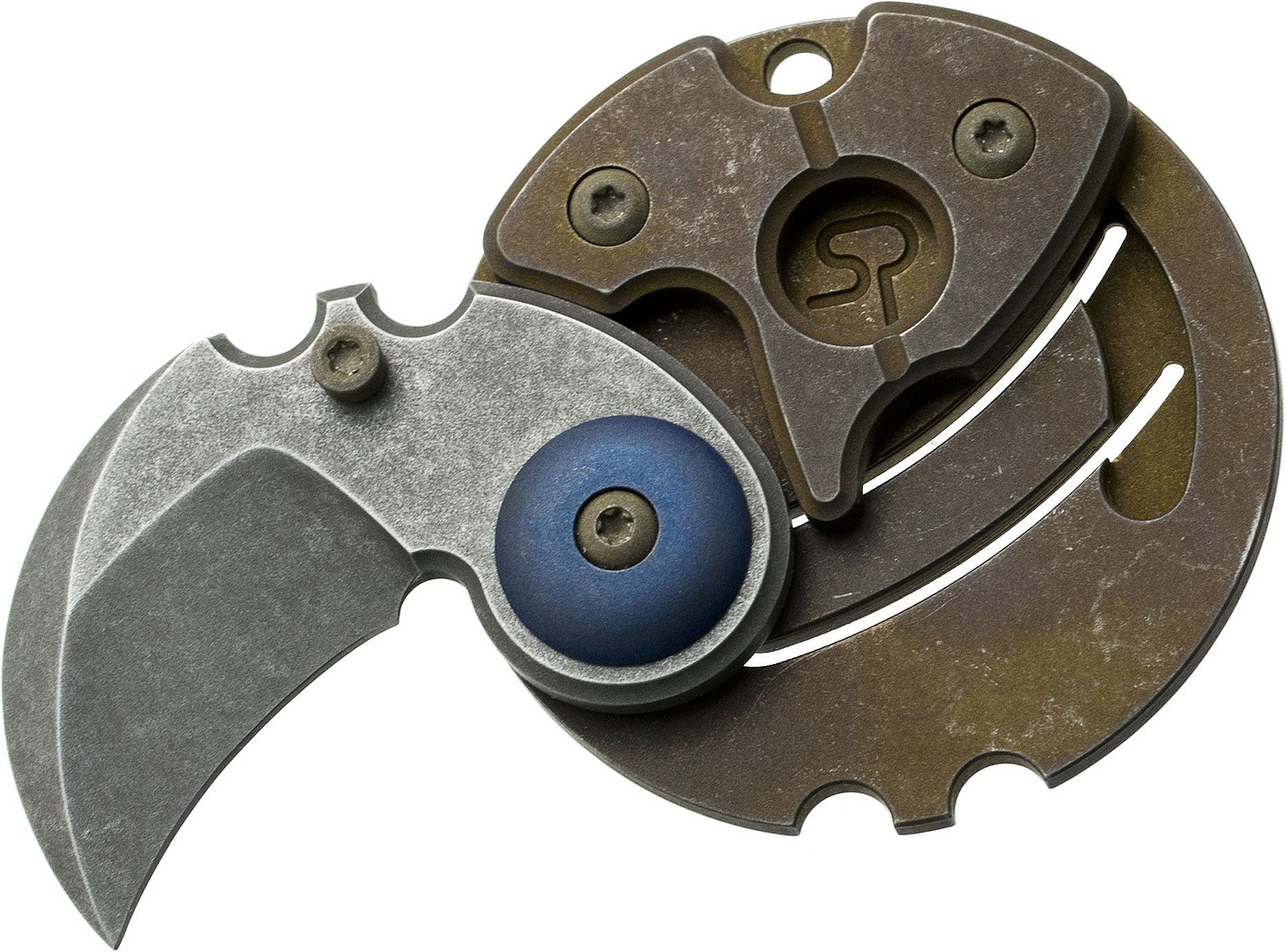Have you seen this toy?
Fidget Cube is one of the most successful Kickstarter projects ever existed. It has arguably sparkled the demand of adult fidget toys, including the notorious fidget spinners, that we didn’t know we need. With a self-explanatory design like this and no electronic parts included, Fidget Cube is the easiest victim of counterfeits. Just like many physical products launched on Kickstarter, it only took weeks for $1 knock-offs from China to flood toy shops in every neighborhood, while the genuine cubes were selling at $10 - $15 each - hadn’t even started shipping yet.
Years later, the novelty of Fidget Cubes has already worn off. Antsy Labs, the company behind Fidget Cubes, didn’t come up with another global hit, yet managed to survive on the tiny fanbase of the original cubes, outlasting their competition. This tiny fanbase, including myself, wouldn’t choose a clone over a genuine cube if they’ve lost theirs.
Clones can’t clone what isn’t inside the picture. The rolling metal ball is clickable. You can easily set the flip switch balancing in the middle. Two out of the five buttons are silent, while each of the other three has its own tactility. The original cube’s thumbstick isn’t as smooth as the 3DS ones but hell, 99% of the clones were made based on wrong dimensions that the thumbstick is too tall to be glided in a full circle without overstretching your thumb.
They said value proposition is a simple statement of why people should choose your product over others, so here it is: A fidget for those who seek satisfaction from the most subtle feedbacks.
What the clones wouldn’t clone is the invisible user experience that wouldn’t convey in a product photo. Because people who either haven’t heard of the original or deliberately choose a knock-off over the original wouldn’t assume there is more than what it looks like, anything beyond the photo is redundant to a clone. It could be the best protection from cheap competition, but the message is equally hard to deliver for everyone, including the creator himself.
Sounds grim? Let me tell you another story - meet the Coin Claw.
Serge Panchenko created the first version of this novelty knife back in 2014, sold at $250 each, and you’ve guessed it - gone viral, cheap anodized stainless steel clones from China at $1. Fidget Cube is a mass produced toy that can still get on the shelves of thousands of stores, but there is only one Serge to craft the knives by hand. Can’t be more desperate, right?
Gen 4 of Coin Claws, released in October 2022, were sold at $600 - $800 each. The $800 ones were gone in seconds, the rest went out of stock in maybe two minutes. (Don’t ask me why I know.)
Each batch of Coin Claws is limited to around 20 pieces. There was a production version sold at $100 each too, but that happened in 2019, when the demand for “$1 cool parcel knife” is already over. Every one of the genuine Coin Claw buyers know the $1 clones are there, but none of them are here for just a knife shaped like a coin. The value proposition is “Serge Panchenko” himself. The design, the craftsmanship, the choice of materials, something with a story and irreplaceable.
“B-but he could keep running the production knives and-” Think about this: instead of entertaining millions of customers, he can focus on 20 - 100 people who truly appreciate the value of his work. He has the resources to explore different artisan knife creations, a brand that isn’t tied to one giga-hit model. Limited production runs are fine, as long as not degrading the hand crafted ones and not oversaturating the market, he can even leave the retail customer problems to resellers. All of these without going into a dog fight with the knock-offs.
Now who’s the winner?




